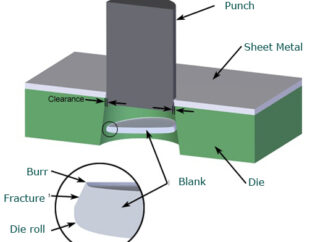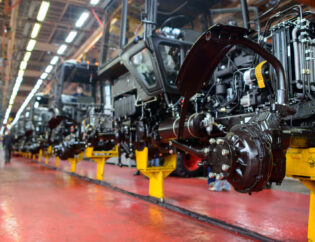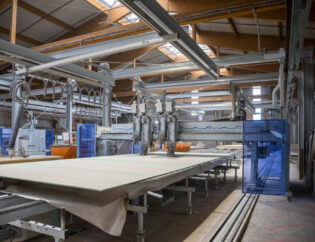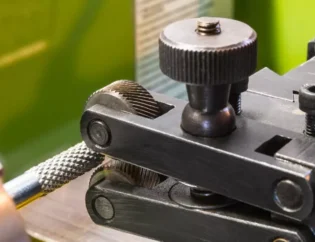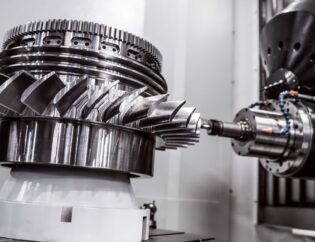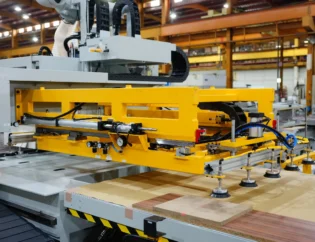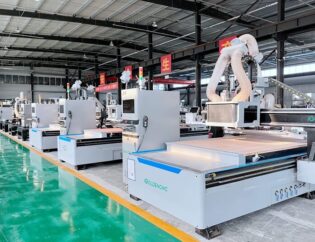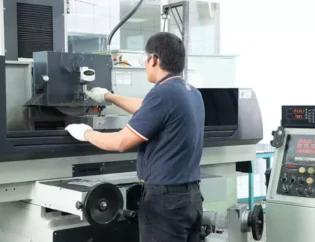Connecting rod machining is a critical process in the manufacturing of high-performance engines. These components play a vital role in converting linear motion into rotational motion, making their precision essential for optimal engine performance. This guide delves into the intricacies of connecting rod machining, offering insights into techniques, tools, and best practices.
Readers can expect to learn about the various machining processes involved, including milling, drilling, and honing. We will explore the importance of material selection and the impact of machining tolerances on engine efficiency. Additionally, the guide will cover common challenges faced during machining and how to overcome them, ensuring a thorough understanding of the subject.
By the end of this guide, readers will have a comprehensive knowledge of connecting rod machining, equipping them with the skills to enhance their manufacturing processes. Whether you are a seasoned machinist or a newcomer to the field, this resource will provide valuable information to elevate your expertise in engine component production.
Machining Process of Connecting Rod Parts
Connecting rods are integral components in internal combustion engines, playing a critical role in transferring the force generated by the combustion of fuel to the crankshaft, which then drives the rotation of the engine. These parts must withstand extreme forces, high temperatures, and significant wear, making the precision machining of connecting rods a crucial process in the manufacture of high-performance engines. The machining of connecting rod parts involves a variety of techniques aimed at achieving the exact geometrical shape, surface finish, and structural integrity necessary for optimal performance.
Overview of Connecting Rods
A connecting rod is typically a metal component that connects the piston to the crankshaft, converting the linear motion of the piston into rotational motion. It consists of two primary sections: the small end, which is attached to the piston, and the big end, which is connected to the crankshaft. Connecting rods are generally made from high-strength materials such as steel alloys, aluminum, or titanium, depending on the engine’s performance requirements.
Given the importance of connecting rods in engine operation, precise machining is required to ensure that the parts function efficiently. The process of machining connecting rod parts involves several steps, each contributing to the creation of a finished component with accurate dimensions, proper material properties, and suitable surface characteristics.
Technical Features of Connecting Rod Machining
The machining process of connecting rods involves various techniques and technologies. Below is a comparison of some key technical features:
| Feature | Description | Importance |
|---|---|---|
| Material Selection | Common materials include forged steel, aluminum, and titanium alloys. | Affects strength, weight, and performance. |
| Machining Techniques | Techniques include milling, turning, drilling, and grinding. | Ensures precise dimensions and surface finishes. |
| CNC Technology | Utilizes computer numerical control for high precision. | Increases efficiency and accuracy in machining. |
| Heat Treatment | Processes like quenching and tempering enhance material properties. | Improves strength and fatigue resistance. |
| Surface Finishing | Techniques such as grinding and polishing improve surface quality. | Reduces friction and wear in operational conditions. |
Types of Connecting Rods
Connecting rods can be categorized based on their design and manufacturing processes. Here’s a comparison of different types:
| Type | Description | Applications |
|---|---|---|
| Forged Connecting Rods | Made from forged steel, offering high strength and durability. | High-performance engines and racing applications. |
| Cast Connecting Rods | Produced from cast iron or aluminum, generally less expensive. | Standard engines and lower-performance applications. |
| Billet Connecting Rods | Machined from solid blocks of material, providing superior strength. | Custom applications and high-performance setups. |
| H-Beam Connecting Rods | Feature an H-shaped cross-section for strength and weight reduction. | Performance and racing engines. |
| I-Beam Connecting Rods | Traditional design, often used in standard applications. | General automotive use. |
Machining Process Steps
The machining process of connecting rods typically involves several key steps:
-
Raw Material Preparation: The process begins with selecting the appropriate raw material, often in the form of forged or cast blanks. This step is crucial for achieving the desired mechanical properties.
-
Rough Machining: Large amounts of material are removed to approach the approximate dimensions of the final part. This is typically done using CNC machines, which enhance precision and efficiency.
-
Precision Machining: This step refines the geometry and smooths out surfaces to meet tight tolerances. Techniques such as boring and honing are employed to ensure dimensional accuracy.
-
Heat Treatment: After machining, the connecting rods undergo heat treatment processes to enhance their mechanical properties, such as strength and wear resistance.
-
Finishing Operations: Final operations like deburring, shot peening, and surface finishing are performed to prepare the connecting rods for assembly and ensure optimal performance.
-
Inspection and Quality Control: Rigorous inspection processes are conducted to verify that the connecting rods meet all design specifications and quality standards.
Conclusion
The machining process of connecting rod parts is a complex and highly precise operation that involves multiple stages of machining, heat treatment, and finishing. Each step, from rough machining to final inspection, plays a crucial role in ensuring that the connecting rod meets the stringent requirements of modern internal combustion engines. The precision and quality of the machining process directly impact the performance, durability, and reliability of the engine, making it essential to utilize the appropriate techniques, equipment, and materials throughout the manufacturing process.
The constant evolution of engine design and materials technology means that the machining of connecting rods will continue to improve, with advances in automation, precision machining technologies, and material science driving the development of even more efficient and high-performance engines.
FAQs
1. What materials are commonly used for connecting rods?
Connecting rods are typically made from forged steel, aluminum, and titanium alloys, depending on the performance requirements of the engine.
2. What is the purpose of heat treatment in connecting rod machining?
Heat treatment processes like quenching and tempering improve the hardness and strength of connecting rods while maintaining ductility.
3. How does CNC technology enhance the machining process?
CNC technology allows for high precision and efficiency in machining, ensuring that connecting rods meet tight tolerances and dimensional accuracy.
4. What are the differences between forged and cast connecting rods?
Forged connecting rods are stronger and more durable, making them suitable for high-performance applications, while cast rods are generally less expensive and used in standard engines.
5. Why is surface finishing important in connecting rod machining?
Surface finishing reduces friction and wear between moving parts, which is critical for the longevity and performance of the connecting rod in operation.

